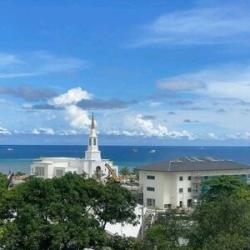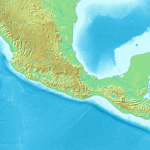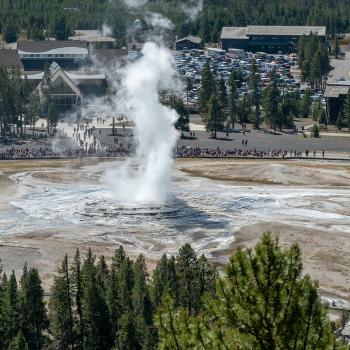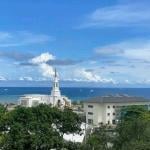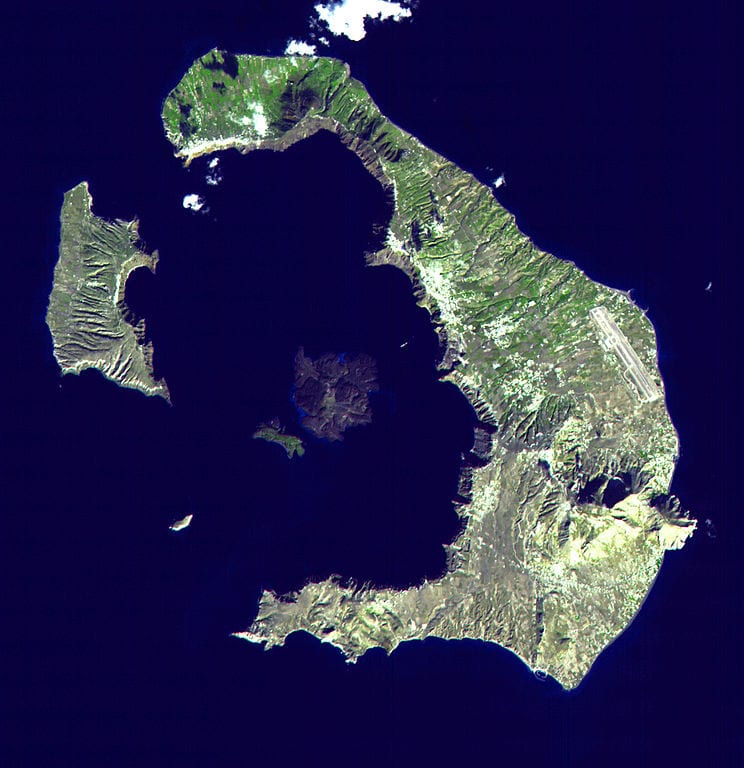
Yesterday, I cited an account, gathered by Russell Blong, of a catastrophic volcanic eruption (“The Time of Darkness”) that occurred off the northeastern coast of Papua New Guinea roughly three hundred years ago:
See “Geology and Third Nephi (1): The Time of Darkness (A)”
Here’s another item that I’ve drawn from that significant article from more than two decades ago, Bart J. Kowallis, “In the Thirty and Fourth Year: A Geologist’s View of the Great Destruction in 3 Nephi,” BYU Studies 37/3 (1997-1998). The phrase the Two Lands refers, of course, to Egypt in its entirety, which was made up of Upper Egypt and Lower Egypt, originally two independent kingdoms along the River Nile that were eventually united by Narmer or by Menes (probably two distinct names for the same Early Dynastic Period person, who likely lived between 3150 BC and 3100 BC):
A second, much older account of a time of darkness is found on the remains of an Egyptian stele that has been connected with a great volcanic eruption (ca. 1500-1450 B.C.) on the island of Santorini (Thera) located about seventy miles north of the island of Crete. The inscription on the stele reads in part:
The gods [caused] the sky to come in a tempest of r[ain], with darkness in the western region and the sky being / unleashed without [cessation, louder than] the cries of the masses, more powerful than [. . .] [while the rain raged (?)] on the mountains louder than the noise of the / cataract which is at Elephantine. Every house, every quarter that they reached [. . .] / floating on the water like skiffs of papyrus opposite the royal residence for a period of [. . .] days, / while a torch could not be lit in the Two Lands. (138)
Alert readers who are familiar with the Book of Mormon will already have noticed the similarity of the Egyptian account and of the New Hebridean retelling already mentioned to the narrative of 3 Nephi. And Professor Kowallis is not shy about calling attention to the Book of Mormon description of a natural catastrophe, expressly quoting 3 Nephi 8:5-13, 18-23; 10:12-13, which he plainly believes to be significantly parallel. (See page 140.)
Posted from Phoenix, Arizona



